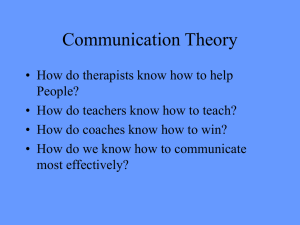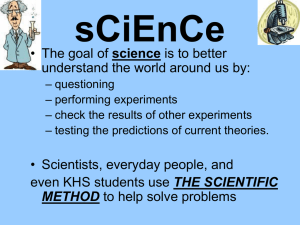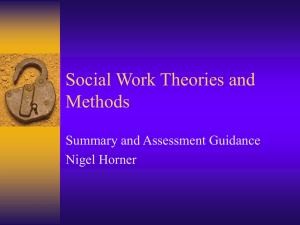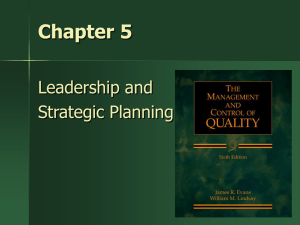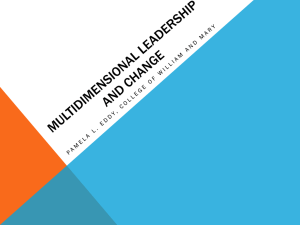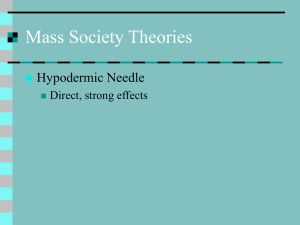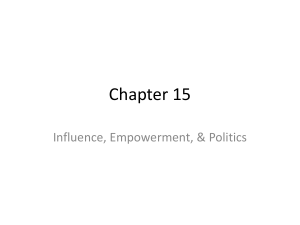What does it mean to be a leader?
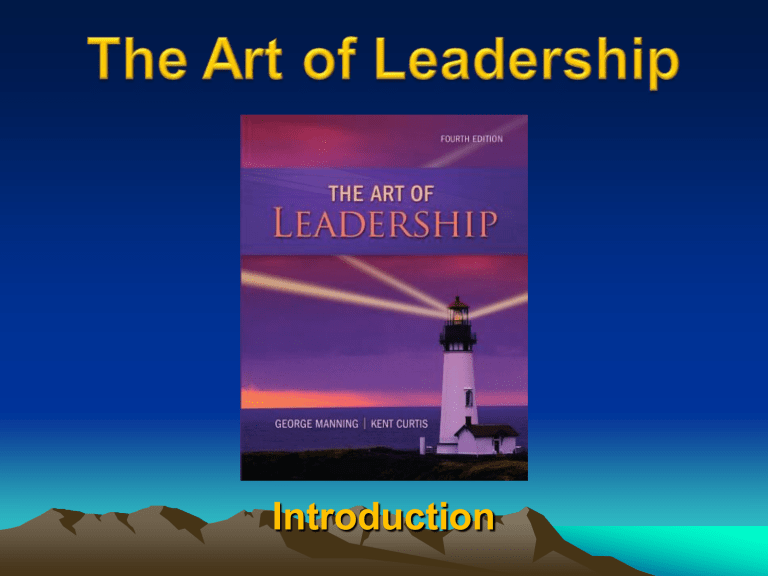
Introduction
What Does It Mean to Be a
Leader
?
“Introduction”
Have you ever had a Manager -
WHO
• Takes all the credit
• Is selfish and rude
• Makes mistakes and blames others
• Cares only about self
• Is threatened by competence and new ideas
• Is dishonest and unfair
3
Ex. 1.3
Comparing Management and
Leadership
Management Leadership
Direction
Alignment
Relationships
Planning and budgeting
Keeping eye on bottom line
Organizing and staffing
Directing and controlling
Creating boundaries
Focusing on objects – producing/selling goods and services
Based on position power
Acting as boss
Creating vision and strategy
Keeping eye on horizon
Creating shared culture and values
Helping others grow
Reducing boundaries
Focusing on people – inspiring and motivating followers
Based on personal power
Acting as coach, facilitator, servant
4
Ex. 1.3
(contd.)
Personal Qualities
Outcomes
Management
Emotional distance
Expert mind
Talking
Conformity
Insight into organization
Leadership
Emotional connections (Heart)
Open mind (Mindfulness)
Listening (Communication)
Nonconformity (Courage)
Insight into self (Character)
Maintains stability; creates culture of efficiency
Creates change and a culture of integrity
5
Position power
• A written, spoken, or implied contract wherein people accept either a superior or subordinate role and see the use of coercive as well as noncoercive behavior as an acceptable way of achieving desirable results.
6
Definition of Leadership
Leadership is an influence relationship among leaders and followers who intend real changes and outcomes that reflect their shared purposes.
Book Points out three
Types:
• Teachers
• Hero
• Ruler
7
Ex. 1.1
What Leadership Involves
Influence Intention
Followers
Leader
• Social
Influence
Personal responsibility and integrity
Shared purpose
Change
8
Ex. 1.2
The New Reality for
Leadership
OLD Paradigm
• Stability
• Control
• Competition
• Uniformity
• Self-centered
• Hero
NEW Paradigm
• Change/crisis mgt.
• Empowerment
• Collaboration
• Diversity
• Higher ethical purpose
• Humble
9
Management and Vision
Management ‘s Direction: is the attainment of organizational goals in an effective and efficient manner through planning, organizing, staffing, directing, and controlling organizational resources.
Leader’s Vision: is a picture of an ambitious, desirable future for the organization or team
10
FOUR STEPS IN BECOMING A
LEADER
“BUILDING RELATIONSHIPS
”
11
FOUR STEPS IN BECOMING A
LEADER
“BUILDING RELATIONSHIPS
”
“BUILDING TRUST”
12
FOUR STEPS IN BECOMING A
LEADER
“BUILDING RELATIONSHIPS
”
“BUILDING TRUST”
“EMPOWERMENT”
13
FOUR STEPS IN BECOMING A
LEADER
“BUILDING RELATIONSHIPS
”
“BUILDING TRUST”
“EMPOWERMENT”
“ENGAGEMENT”
14
Where Leaders Learn to Lead
Experience
Examples
Education
Seven Satisfactions of Leaders
1. A feeling of prestige
2. A chance to help others
3. Higher Income
4. Respect and status
5. Good opportunities for advancement
6. A feeling of being “in on things”
7. An opportunity to build more leaders
Seven Frustrations of Managers
1. Too much uncompensated worktime
2. Too many “headaches”
3. Not enough authority to carry out responsibilities
4. Loneliness – Can’t build relationships
5.Too many problems involving people
6. Too much organizational politics
7. The pursuit of conflicting goals
The Leader Must Care!
Care about the task:
Care about the people:
Eight Key Areas of Leadership
1. The Power of Vision
2. The Leadership equation
3. Importance of Ethics
4. Respect and building Trust
5. Understanding People - Diversity
6. Developing Others
7. Performance Management
8. Empowerment
Theories of Leadership
• Great Man Theories
• Trait Theories
• Behavior Theories
• Contingency Theories
• Influence Theories
• Relational Theories
20
Ex. 1.5
Top Seven Reasons for
Executive Derailment
1.
Acting with an insensitive, abrasive, intimidating, bullying style
2.
Being cold, aloof, arrogant
3.
Betraying personal trust
4.
Being overly ambitious, self-centered, thinking of next job, playing politics
5.
Having specific performance problems with the business
6.
Over managing, being unable to delegate or build a team
7.
Being unable to select good subordinates
21
Model of Leadership Evolution
• Leadership Era 1
• Great Man - Power
• Leadership Era 2
• Trait/ Behavior –
Control/Hero
• Leadership Era 3
• Contingency -
Competition/Uniformity
• Leadership Era 4
• Empowerment/Higher
Ethical purpose/Humble
22
New Era?????
• Control to Power
• Completion to Collaboration
• Uniformity to diversity
• Self Centered to Higher Ethical Purpose
• Hero to Humble
* CHANGE OVER STABILITY*
23
Leadership vs. Management
Jack Welch
Forbes’ CEO of the
Century
Henry Fayol
